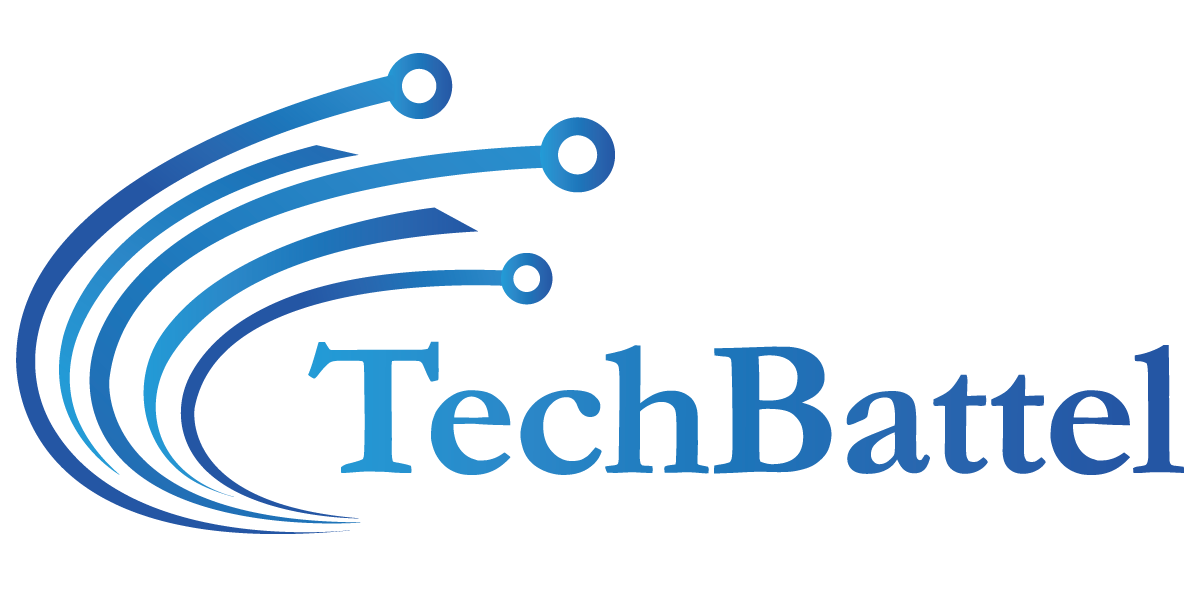Suppose a company has to sell its medical device or drug medications to the USA, the UK, or any foreign country. In such a case, it’ll be compulsory for them to translate all the information related to their products or software into the native language of their target audience. Hence, they will need help from professional translation companies.
With this in mind, let’s discuss the benefits and importance of translating medical devices and regulatory compliance info, as well as providing medical interpretation and localizing diagnostics software.
Medical device translation
Heart defibrillators, pacemakers, and various other high-tech devices are exported around the world. All these medical equipment and devices play a critical role in saving human lives. Thus, it’s imperative that the technical documentation they have on them should be clear and understandable. This is where medical device translation companies play their role.
If they don’t render professional medical device translation services, a majority of care providers and patients in other countries may not understand the associated documentation. Because the instructions or information is not available in their native language.
So, medical device translation services make it possible for healthcare professionals to perform their duties more effectively. They also enable patients to self-administer the care they need after discharge from the hospital.
Regulatory Compliance Translation
Testing and releasing specialized pharmaceutical medications or equipment depends heavily on clinical trials. But there is a problem. In any country, you will find national regulatory bodies as well as hospital boards that will not approve the use of any new drug or equipment. Unless they receive clinical trial documentation that’s in their first language.
Hence, it’s essential that your healthcare products and equipment should carry regulatory terms that authoritative agencies can clearly understand. Otherwise, you may not be able to attain product licenses faster.
Therefore, the significance of regulatory compliance translation can’t be overstated. Your clinical trial will be approved faster when the respective authorities can perceive the intended meaning of your text correctly.
Regulatory compliance translation is also a requirement for CROs (company research organizations. CROs have to meet this requirement and provide all the information pertinent to the clinical trial in the local language. This includes information like patient questionnaires and software apps, for example. CROs must supply this information in the language of those healthcare professionals who participate in the clinical trial. Patients also will be among the beneficiaries of this approach. They will be better able to understand and answer queries.
Medical Interpretation
Imagine that you were taking a parachute safety course, but the instructor was speaking a different language. You would probably like to have precise instructions presented in a language you can comprehend. Because you can’t afford to have any miscommunication or confusion. Well, the same thing could be said about healthcare services.
If you had a serious illness, you would want the medical professionals to explain to you the diagnosis in your first language. Not just the diagnosis but also all other details like how you should follow the recommended or prescribed treatment.
This example highlights the vital role of professional medical interpretation services.
In the United States, one in ten working persons has limited English proficiency. And more than 37.5 million adults in the United States, or around 15% of the population, have some trouble hearing. Now suppose these millions of individuals visit a doctor without having access to a medical interpreter. Isn’t it comparable to getting skydiving instructions in a language you don’t speak (say a foreign language)? Thus, the use of professional medical interpreters is crucial for ensuring effective communication between patients and caregivers who don’t speak the same language.
Now when it comes to medical interpretation, one traditional way is to rely on a staff member. Another way is to look for alternatives like electronic medical interpretation such as video remote interpretation. In many cases, medical interpretation can also take place over the phone. In fact, there are dozens of companies that provide telephonic interpretation services for medical sites and online healthcare businesses. This over-the-phone or telephonic interpretation helps in cases when a patient is unable to travel or during circumstances like a pandemic.
Diagnostics software localization
In modern diagnostics, a medical practitioner often has to interpret readings from a piece of medical device equipment or software. These readings could be in an overseas language that the healthcare professional does not understand.
Therefore, when you localize medical software, the risks involved in a wrong diagnosis go away. Now healthcare professionals will understand the readings and interpret them correctly and accurately. Because the translations are free of errors. And there is nothing omitted and nothing added in the translation.
This translation and localization of your diagnostic software will bring business benefits too. But how? When a product is available in the local language, the customers are more confident to make purchases. On the other hand, they tend to stay away from brands that don’t speak their language. Hence, it’s quite clear that by adopting this strategy, you increase your chances to sell better than companies that had not considered investing in translation and localization.

